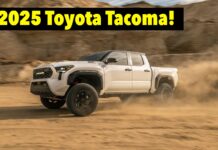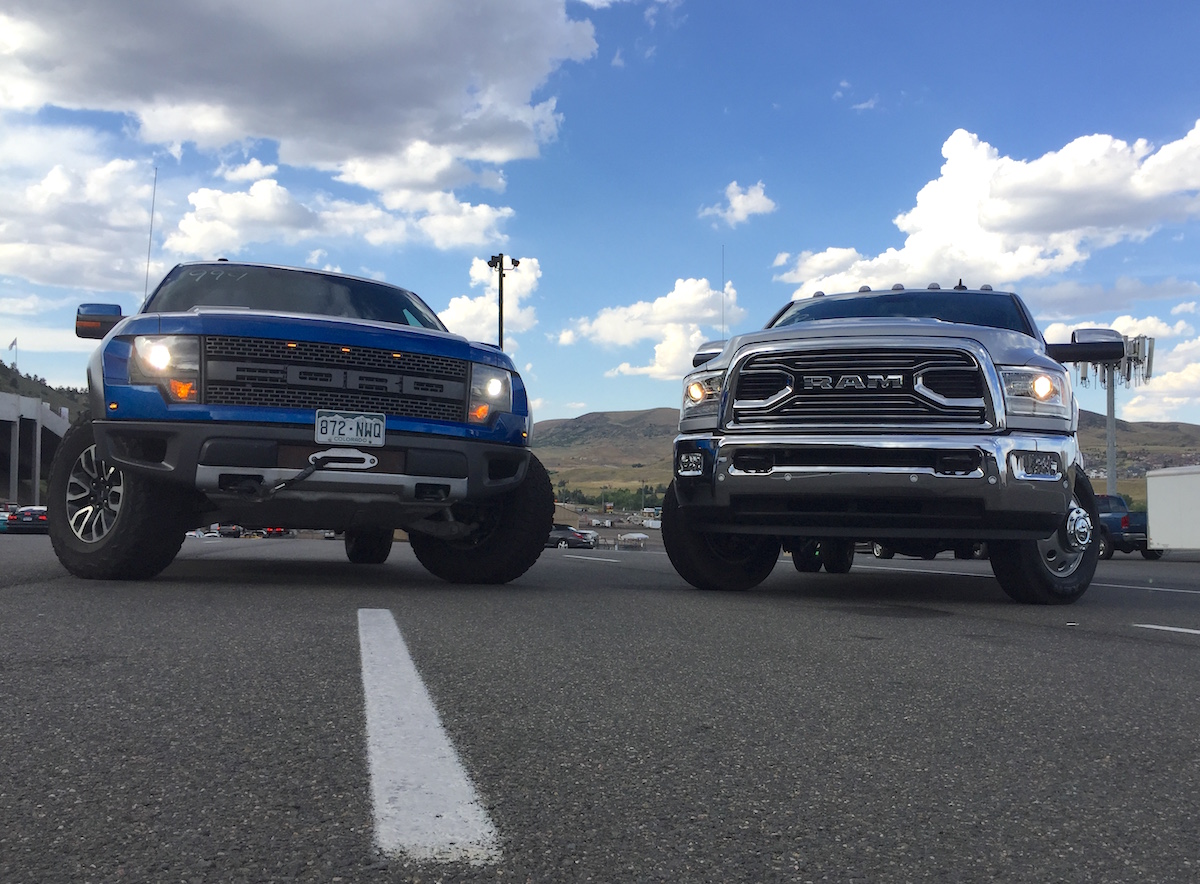
The Tesla Cybertruck is now visible on the NHTSA’s VIN decoder!
Most folks may look at the 17-character VIN on their vehicle and just see a load of random letters and numbers. There’s obviously far more than meets the casual eye, though, and we can glean some useful (potentially critical) information about the new 2024 Tesla Cybertruck through the National Highway Traffic Safety Administration (NHTSA)’s VIN Decoder page. That includes possible weight specs as well as payload and towing capacity, thanks to the GVWR range being baked into the truck’s VIN.
A post on the Cybertruck Owner’s Club forum pointed out that the VIN Decoder is now available, but how do you parse out all the hidden information?
Well, the code reads from left to right, starting off with the manufacturer. In the case of the Tesla Cybertruck and Semi, that starts off with “7G2” (Tesla’s cars use “5YJ”). The fourth digit explains the model in the lineup (in this case “C” for Cybertruck), and the fifth explains the chassis type (“E”, in this case).
The most interesting characters to glean from the VIN, however, lie in the sixth and eighth digits. The sixth, in particular, shows the GVWR number for that specific Cybertruck. The VIN Decoder shows two letters — “G” and “H” — for GVW ratings between 8,001-9,000 pounds and 9,001-10,000 pounds, respectively. So, the 2024 Tesla Cybertruck is being manufactured with two GVW ratings, and its curb weight plus any cargo and passengers will peg the vehicle between 9,000 and 10,000 pounds, when loaded.
We can work backwards from that figure to at least guess at the Cybertruck’s curb weight. Tesla claims the Cybertruck will have up to a 3,500-pound payload capacity, so subtracting that figure from the GVWR would put the weight of the truck itself between 4,501-5,500 pounds for Class G, and 5,501-6,500 pounds for Class H.
That’s where the eighth character comes in, which is either “D” for the standard dual-motor truck, for “E” for the triple-motor “Performance” model. It makes sense, of course, that the Tri-Motor Cybertruck is heavier, and evidently heavier enough to bump it into the next GVW rating.

Nothing is confirmed…yet
It’s worth noting that Tesla naturally has not confirmed the Cybertruck’s curb weight yet. That said, if the guesstimates from GVWR prove true, that means the Cybertruck will weigh less than the 6,800-pound-or-so Ford F-150 Lightning (give or take a few hundred pounds, depending on the trim and battery size) and way less than the 9,000-pound GMC Hummer EV. Even the Rivian R1T weighs around 7,150 pounds and has a GVWR of 8,532 pounds with the 135-kWh (gross capacity) “Large” battery pack.
We’ll definitely confirm the figure when we do get our hands on the Cybertruck, but this does at least give some idea what to expect. While the structure (and size, as well) may lend to a lower curb weight than its main rivals, there’s a possibility the payload rating has been ratcheted down for the production-spec trucks. Keep in mind, the payload rating for the F-150 Lightning tops out at 2,235 pounds and the Rivian R1T can only haul up to 1,760 pounds.
















![Which is More Reliable: 3.5L EcoBoost or 5.0L V8? [Reader Question] Second-generation 3.5-liter EcoBoost engine](https://tfltruck.com/wp-content/uploads/2016/05/Second-generation-35-liter-EcoBoost-engine.jpg)
![Which Silverado Engine to Get: 5.3L or 6.2L V8? [Ask TFLTruck] 2016 chevy silverado](https://tfltruck.com/wp-content/uploads/2015/10/2016-chevy-silverado-grille.jpg)
